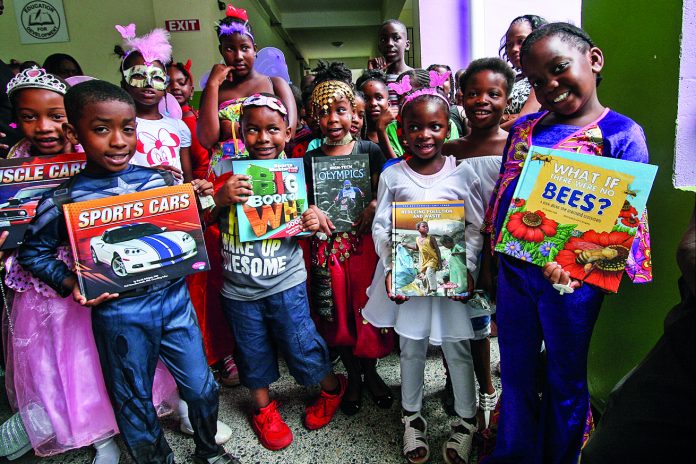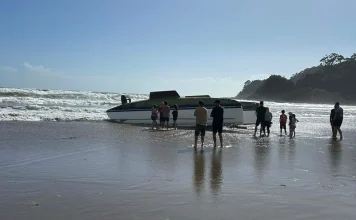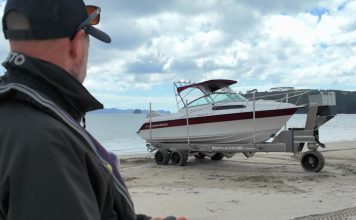Soon after we became involved with Newtown Primary School, we befriended the French teacher, Mrs. Solange Payne, and the Principal, Jerry Coipel. Then one day the 10 boxes of books we had collected over the summer arrived. But looking around the school it was hard to figure out where the books would go. There was no library and there were no bookshelves in any of the classrooms (soon we built a dozen bookshelves). In fact, there weren’t many books around at all. The Ministries of Education in the West Indies are incredibly short of funds. They seem to have enough money to supply some textbooks at the beginning of the year, but that’s about it.
Everywhere you look, there are pieces of equipment donated by someone else: an air conditioner supplied by the Chinese, a group of picnic tables for outdoor eating supplied by a church group in the U.S. Midwest, some old PCs donated by USAID. Newtown Primary itself was built by the French with leftover bricks. The walls rise towards the tin roof but end about six feet short, and the rest is filled in by chicken wire. The floors are unfinished concrete, and the metal chairs make a heck of a racket when they are scraped against the rough surface.
With Jerry’s permission, I set to work cleaning and organising the teachers’ resource room. I worked solidly for a week and Solange visited me every day. Pretty soon Jerry asked if I wouldn’t mind tutoring some of the second- and third-graders who were having trouble reading. I found some new literacy resources (“donated by USAID stickers” all over them) and deployed them for the task. I felt like I was being useful, and the kids were happy to get some extra attention. I learned from Jerry that many Dominican teachers had graduated from high school and gone right into the classroom without any formal training. A new law mandated that all teachers were required to receive formal training every Friday from the local University of the West Indies branch. Unfortunately for Jerry, this mandate left him short five teachers every Friday. Would I take a third grade this Friday, he asked? I was apprehensive: I had not been a classroom teacher since 1994, and that was high school English, not third grade.
I spoke to the teacher, Miss Celaire, and she assured me she would leave lesson plans. This was before I realised she may not know what a lesson plan is. We had gotten to know Bob and Betsy Baillie, cruisers from Bermuda who’d picked up a Sea Cat mooring next to us. Betsy said she’d love to join me; she was a former health teacher and could contribute pencils and crayons.
It turned out that Miss Celaire’s ‘lesson plans’ were scribbles of textbook page numbers on a torn sheet of paper on her filthy desk. Half of the lessons had already been completed by the looks of the students’ composition books. That left a day for us to fill in with something. Betsy came up with health topics. I knew just where the reading books were and made up reading and writing lessons. We passed out crayons and asked the students to draw something using the cache of manila paper scraps I had found buried in a mouldy cardboard box. It took the two of us to manage the class, between trying to understand the children’s island patois and keeping their behavior on the right track. Luckily, because I had been tutoring, I knew that Bernice could not read; that’s why she was misbehaving. I knew, too, that Gregory had no self-confidence, that’s why he was continually raising his hand asking for help instead of completing the assigned task.
By the end of the day Betsy and I were exhausted – a day of those scraping chairs against the raw concrete was tough on the nerves. But judging by their smiles, the kids were happy. Two days later I awoke with the worst head cold in years. Welcome back to the classroom!
– Harriet Linskey


















